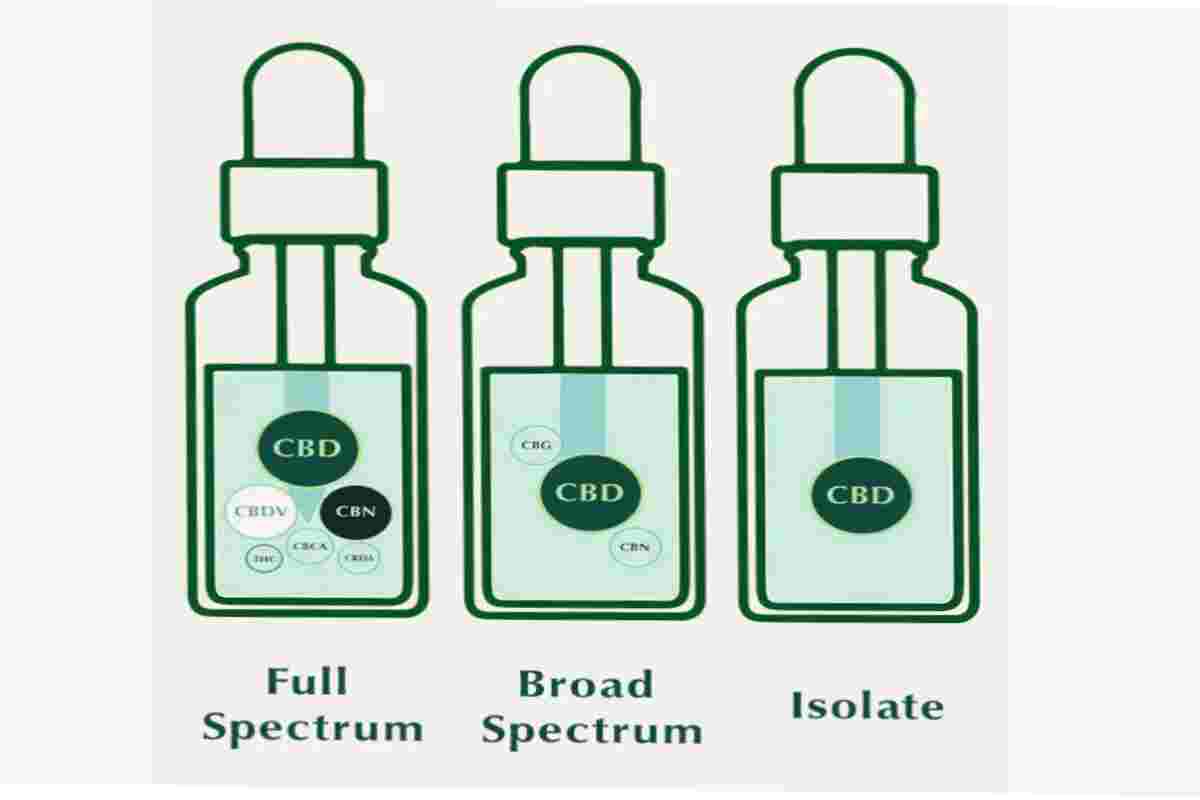Table of Contents
Broad-Spectrum and Full-Spectrum CBD
There are many different types of CBD tinctures on the market, but not all of them will provide you with the same benefits as others. You need to be aware of what you’re getting when you purchase your tincture, as well as how to use it and if it’s safe to take with other medications or supplements, you might be taking regularly. This article will cover full-spectrum and broad-spectrum CBD tinctures and how they’re different.
What is Broad-Spectrum CBD?
Broad-spectrum is a cannabis extract containing both CBD and THC. It’s only legal in most states when derived from industrial hemp, which has very low levels of THC. Broad-spectrum CBD tinctures are also known as phytocannabinoid extract (PCX), and broad-spectrum oil contains many cannabinoids. They increase endocannabinoid levels in our bodies by mimicking natural cannabinoids produced by our own bodies.
What is Full-Spectrum CBD?
A full-spectrum tincture includes all of the cannabinoids that naturally occur in hemp, including cannabidiol (CBD) as well as other cannabinoids like CBG, CBN, terpenes, flavonoids, and more. This means it provides many health benefits—with little to no THC or psychoactive effects. For anyone looking to use CBD oil for its multitude of potential benefits, full spectrum tinctures provide an effective delivery method.
Differences
HempFusion manufactures broad-spectrum (also called the whole plant) tinctures by using high-CBD, low–THC hemp. This means they contain only trace amounts of THC, which is needed to create effective tinctures. In addition, broad-spectrum CBD tinctures contain other cannabinoids like CBG, CBC, CBN, terpenes, and flavonoids, along with CBD. Sometimes these ingredients are included for health benefits or to enhance flavour. For example, grapefruit terpenes help to break down lipids, so they’re absorbed better by your body; some believe there may be additional cancer-fighting properties in terpenes also.
To clear up any confusion, let’s make a distinction between full-spectrum CBD and broad-spectrum. Broad-spectrum CBD comes from industrial hemp with large amounts of cannabinoids, little to no THC, and traces of terpenes. The purest broad-spectrum products will have a 95+% concentration of CBD with a negligible amount of THC (0.3%). On the other hand, industrial hemp contains both cannabinoids (CBD & THC) in varying ratios.
Full Spectrum CBD Benefits
Broad-spectrum CBD is beneficial for depression, anxiety, spasms, and seizures. This is due to broad-spectrum CBD containing high cannabidiol (CBD) concentrations and small amounts of other cannabinoids like CBG and THCV.
Broad Spectrum CBD Benefits
Broad-spectrum or full spectrum tinctures derive from a wider array of cannabinoids than regular tinctures. This means that they can deliver more benefits to users who want relief from both types of cannabinoids. The term full spectrum refers to hemp oil that contains all cannabinoids naturally found in hemp plants, including trace amounts of THC. Unlike THC, however, cannabidiol has no psychoactive properties. Think of it as non-psychoactive cannabinoids vs. non-cannabinoid CBD products.
CBD Isolate
Some research suggests that using broad-spectrum CBD isolate (rather than full spectrum) may be more effective for some conditions, especially pain. However, other studies show that isolated cannabidiol does not contain all of its purported anti-inflammatory properties.
There is no industry standard for labels for specific strains of cannabis, including both indicas and sativas, let alone types of cannabinoids. So what does broad-spectrum or full-spectrum mean exactly? A full-spectrum product has all three cannabinoids: THC, CBD, CBN. It also means that there are no chemicals or pesticides used in growing or producing it.

